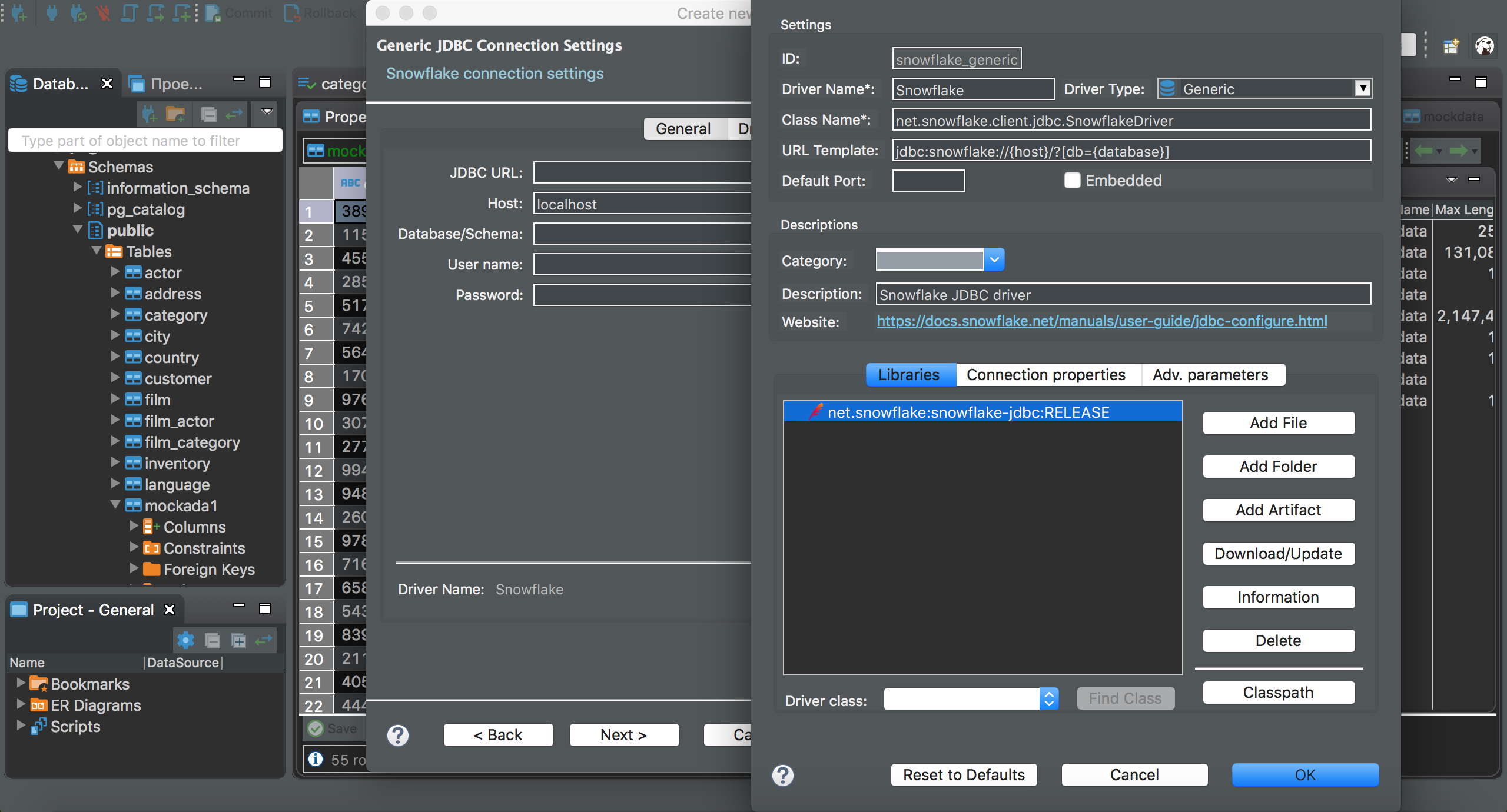

Memory and swap usage should be at the top of your list of PostgreSQL metrics to monitor. Still, the information gathered from this metric should help you figure out where to start looking to fix the issue. High CPU usage can also be the result of other processes running in your system that are unrelated to your PostgreSQL database, such as systemd processes, http servers, and more. Sometimes, the VM (or whatever system your database is running on) will be unresponsive. If CPU usage hits 100%, your database performance is most likely degrading at an alarming pace. Of course, this number can change based on the workloads you run and the number of CPUs you have allocated to the database. I suggest you start by identifying the typical CPU usage behavior and then setting up alerts if the CPU usage percentage increases to around 85% or more. You need to identify when the CPU is approaching its limit and make sure you’re notified if something out of the ordinary is happening in your system. When your database is running complex queries and doing batch updates, the CPU is hit the hardest. You should monitor CPU usage at all times. Here are a few you should consider when monitoring your system resources. There is a wide range of metrics for monitoring PostgreSQL. System-level monitoring detects resource usage spikes to give you an indication of the future state of your system so you can prevent incidents. System Resource MonitoringĪ healthy operating system running on top of infrastructure is critical for maintaining the stability of your database. Monitoring all these metrics will help you with root-cause analysis if abnormalities are detected. Usually, if one of these metrics is affected, others may be affected too. In both cases, it’s essential to monitor the metrics I’ll discuss below and to look for abnormal behavior. Database monitoring: Ensures your database is healthy and running optimally.System resource monitoring: Looks at the infrastructure usage your PostgreSQL runs on, exposing metrics like CPU and memory usage.There are two main types of monitoring in PostgreSQL: What Should You Monitor in PostgreSQL: Key Performance Metrics to Track In this post, I’ll introduce you to the key PostgreSQL metrics you should track, as well as the best monitoring tools available for measuring them and optimizing database performance. You’ll also be able to set up alerts and plan for failures or upgrades. This will help you dig deeper into database performance problems, do performance tuning, optimize queries and indexes, and make partitioning decisions. As with any other data storage solution, capturing metrics is crucial for making sure your database is reliable, available, and performing optimally.

PostgreSQL is a popular open-source, object-relational database. Application Performance Monitoring Guide.


 0 kommentar(er)
0 kommentar(er)
